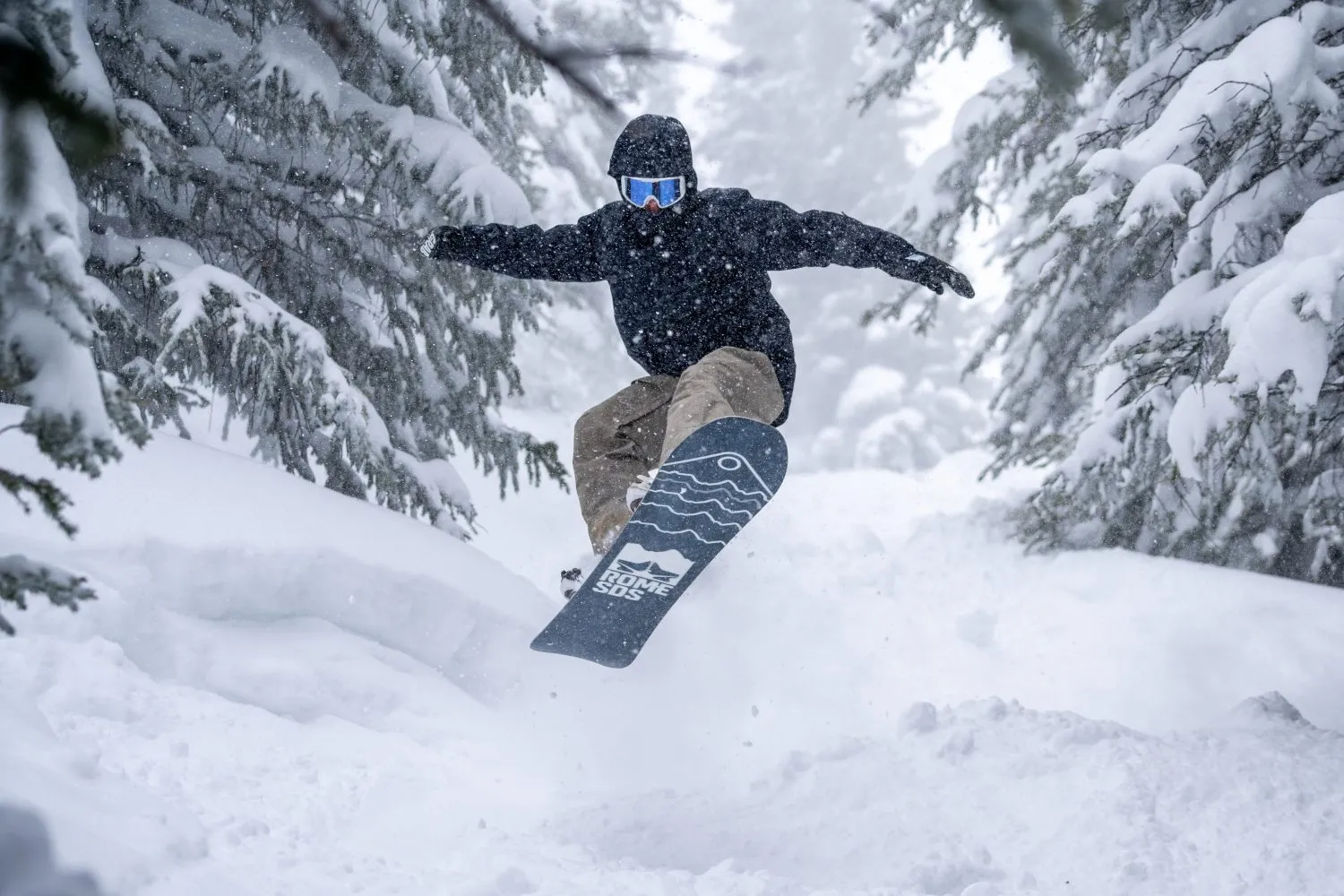
Snowboarding is a dynamic winter sport that offers a thrilling experience on the slopes. Whether you’re a beginner or an advanced rider, selecting the right snowboard is crucial to ensure optimal performance and enjoyment. One of the most significant factors to consider when choosing a snowboard is the camber profile. The camber profile determines how the board distributes weight, responds to different terrain, and interacts with snow conditions. In this article, we will explore the importance of choosing the right camber profile for your snowboard, helping you make an informed decision that enhances your snowboarding experience.
Understanding Camber Profiles
Before delving into the importance of camber profiles, let’s first understand what they are. The camber of a snowboard refers to the curvature of the board when it lies flat on the ground. It is the shape that the board naturally wants to return to when pressure is applied. There are three primary types of camber profiles:
a. Traditional Camber: Traditional camber, also known as positive camber, is the original and oldest camber profile. It features a slight upward curve in the middle of the board, with the contact points near the nose and tail touching the ground. This profile provides excellent edge hold, stability, and responsiveness, making it ideal for carving on groomed runs and icy conditions.
b. Reverse Camber (Rocker): Reverse camber, also known as rocker or banana camber, is the opposite of traditional camber. In this profile, the center of the board is lowered, creating a convex shape. The contact points near the nose and tail are raised off the ground. Rocker provides easy turn initiation, enhanced floatation in powder, and forgiveness on landings, making it popular among freestyle riders and powder enthusiasts.
c. Flat Camber: As the name suggests, flat camber features a completely flat profile between the bindings, with the contact points near the nose and tail. This profile offers a neutral, stable platform that balances the characteristics of both traditional and reverse camber. Flat camber provides responsive edge-to-edge transitions, stability at high speeds, and versatility across different terrains.
Performance Characteristics of Camber Profiles
Each camber profile offers unique performance characteristics that cater to different riding styles and preferences. Understanding these characteristics is essential in choosing the right camber profile for your snowboarding needs:
a. Traditional Camber: Traditional camber boards provide exceptional edge hold and responsiveness. The upward curvature of the board allows for maximum edge contact with the snow, delivering powerful turns and precise control. Traditional camber excels in carving on groomed runs, icy conditions, and aggressive riding styles. It offers a lively and energetic feel that rewards riders with experience and proper technique.
b. Reverse Camber (Rocker): Reverse camber boards offer a playful and forgiving ride. The lowered center and raised contact points make turn initiation effortless, reducing the chances of catching an edge. Rocker profiles excel in powder snow, as the raised nose improves floatation and prevents the board from sinking. Additionally, rocker boards are ideal for jibbing, park riding, and performing tricks, as they provide a looser and more buttery feel.
c. Flat Camber: Flat camber boards offer a balanced blend of the characteristics found in traditional camber and reverse camber. The neutral and stable platform of flat camber provides a versatile ride that performs well in a variety of terrains and snow conditions. Flat camber offers responsiveness and stability, making it suitable for riders who enjoy both groomed runs and off-piste adventures.
Riding Styles and Camber Profiles
Different camber profiles are tailored to specific riding styles and terrain preferences. Let’s explore how each profile aligns with different styles:
a. Freestyle Riding: Freestyle riders who enjoy parks, jumps, and tricks often lean towards reverse camber profiles. The rocker shape provides a looser feel and forgiveness on landings, making it easier to press, butter, and perform spins. Reverse camber boards also excel in jibbing and rail riding, as they allow for easy presses and enhance board control on various features.
b. Carving and All-Mountain Riding: Riders who prioritize carving precision turns and enjoy a mix of groomed runs and powder may prefer traditional camber or flat camber profiles. Traditional camber boards offer maximum edge hold and responsiveness, allowing riders to carve aggressive turns on firm snow. Flat camber boards provide stability and versatility, excelling in all-mountain environments, while still offering good edge-to-edge transitions and maneuverability.

